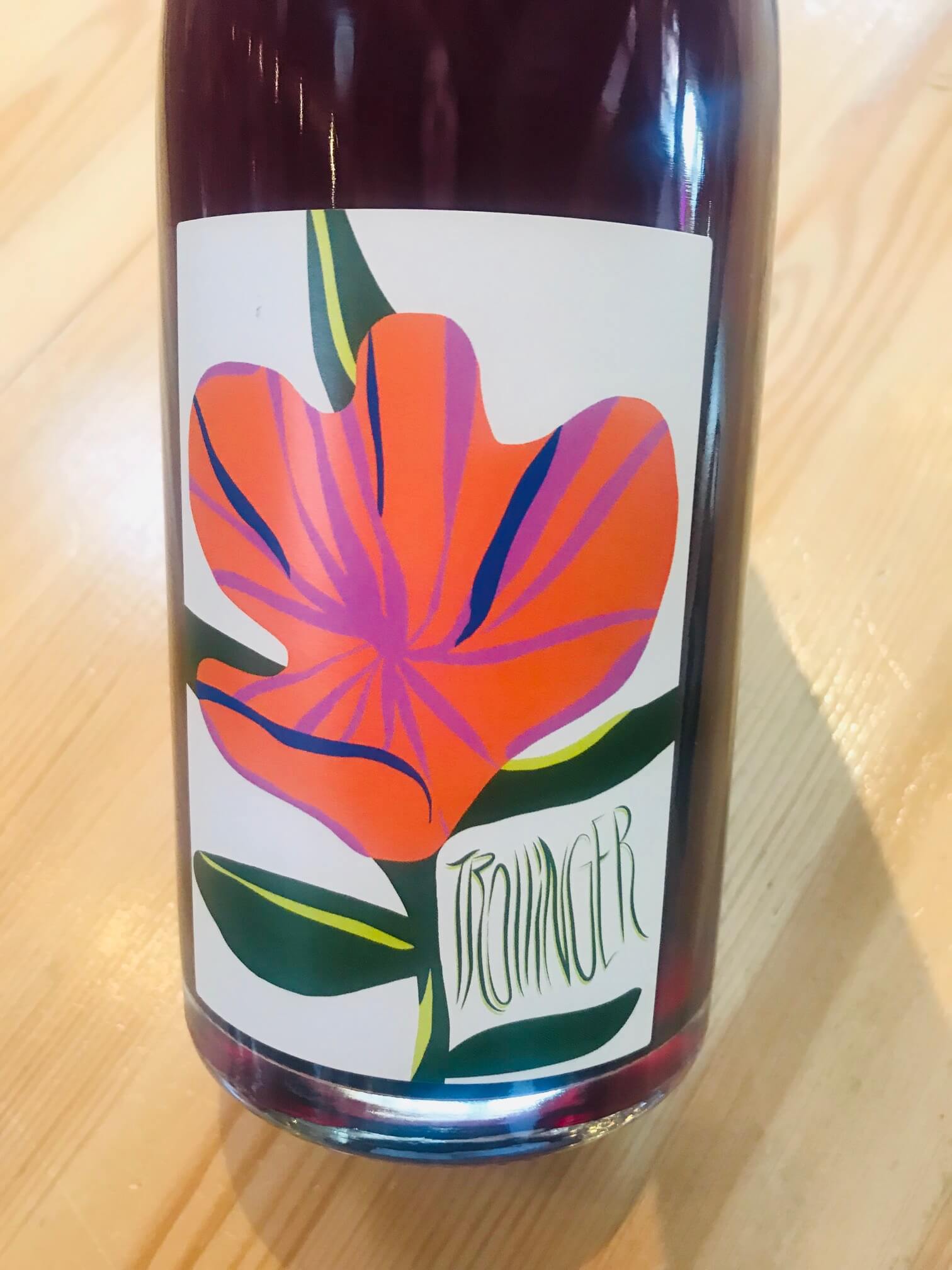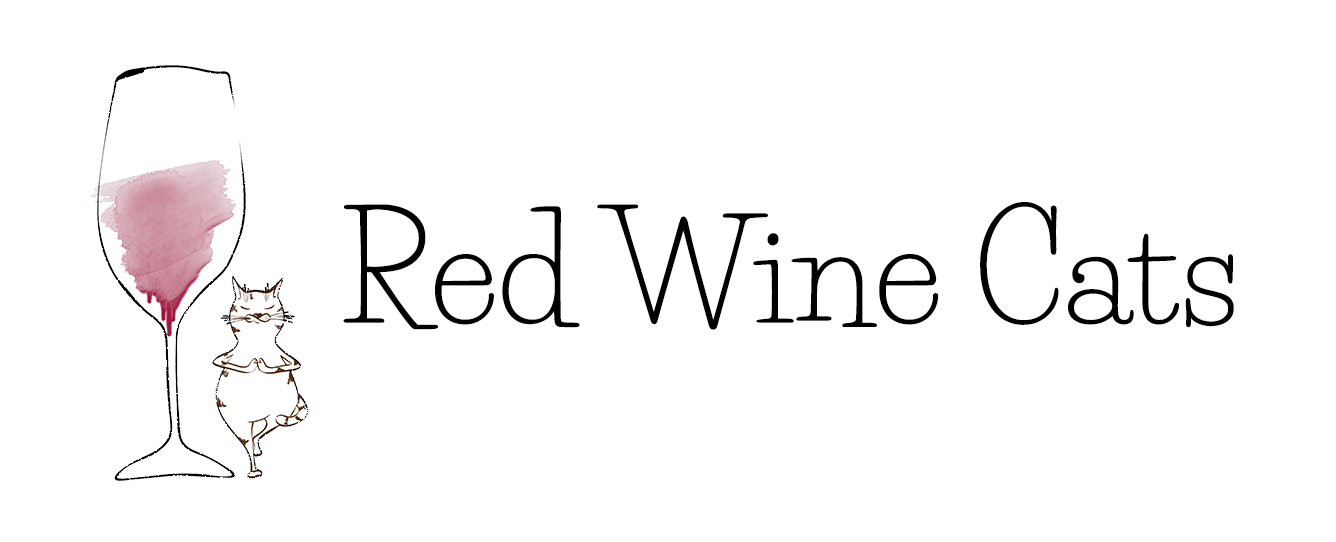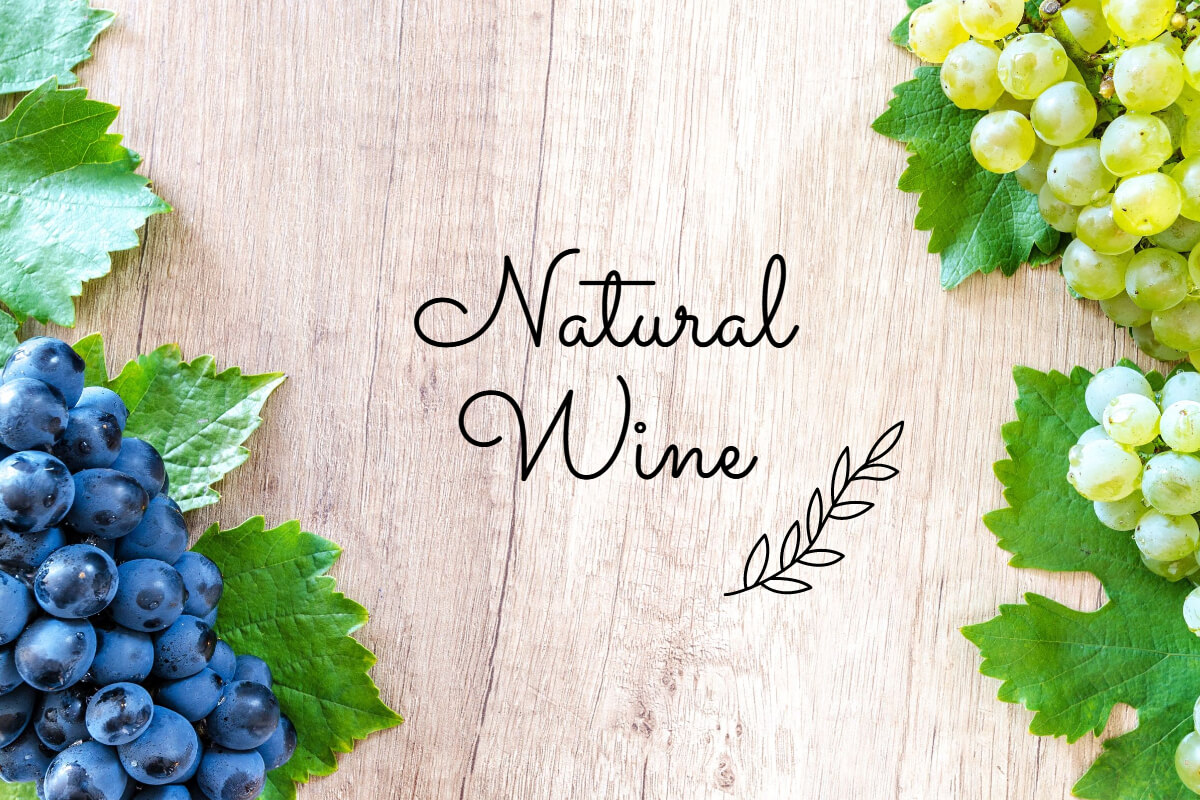Natural wine is being made all over the world without the advertising label. Winemakers and grape growers are passionately creating cleaner wines while being kind to the environment and we just have to know where to find them.
What Exactly is Natural Wine?
There’s no precise definition for natural wine. Biodynamic, organic, using no (or very little) sulfites, choosing to not add any of the hundreds of legal additives allowed in winemaking, unfined, unfiltered, using native yeast, sustainable — all in all, natural means low intervention wines that are kind to the environment (plants, soil, animals, us, etc.).
“I didn’t mean to fall in love with natural wines. I didn’t even know they were a thing.” ~Marissa A. Ross, Wine. all the time.
Some don’t get it, and that’s o.k.
I’ve had a few eyes roll at me when I mention I’m excited about natural, or “clean” wine and prefer to not buy or drink bulk, heavily processed bottles. I get it, it may sound a little “hippie” or a bit snobby to some. Those who’ve been into the natural wine scene for years might also roll eyes at this post, and that’s o.k., because we all have unique wine journeys.
“Great wine requires a mad man to grow the vine, a wise man to watch over it, a lucid poet to make it, and a lover to drink it.” ~Salvador Dali
When you’ve drank tasted your way through countless bottles over the years, your palate evolves and it’s all just a fun learning process. I still love the big reds, full of leather and earth, transporting me to a rustic, musty wine cellar with acoustic Spanish guitar in the background. Over time, the palate sometimes just wants less heavy and more lively. New, interesting scents and flavors making those olfactory senses and taste buds sing out, “Ooh, what’s that!?” We wine cats, enthusiasts, geeks, or whatever your wine loving soul calls itself, know natural wine is where it’s at.
“There’s a destination a little up the road
From the habitations and the towns (or wines) we know
A place we saw the lights turn low
Jig-saw jazz and the get-fresh flow (of natural wine)” ~Where It’s At
Cheap Wine is Appealing
Affordable, almost always universally palatable, and easy to find. I get why cheap bottles are appealing. Labels are often designed to be clear and easy to read with large, playful fonts. Nothing will overwhelm, nor will anything be interesting or inspiring. If you’re new to wine, paying ~$20 for a bottle you don’t know if you’ll even like is risky. So, of course you’ll grab that ~$5 bottle with a cute foot on it because you just want to drink (hey, no judgement here, I’m a firm believer everyone should drink what they like!).
“You’re not drunk if you can lie on the floor without holding on.” ~Dean Martin
Wine drinkers all start somewhere. You’re at Target, you need to get toilet paper, some cat treats, you grab a bottle of wine for under $10, and done. The wine might even taste decent enough. But, what’s in it? How do some large wineries produce hundreds of thousands of bottles that taste the same every year? That being said, if your wine budget has no boundaries, take a break from Silver Oak once in a while and seek out some unique, natural, or even local labels. Spread the wealth. No one cares if you buy cases of the crazy expensive stuff.
Unfortunately, natural wines aren’t as easy to find and are often made in limited quantities. Most consumers still go out blindly, paying for familiar labels they can easily grab. This is why your local, boutique wine shop is an important place. They’ll happily point you in the right direction.

Why so Many Additives!?
All kinds of ingredients you wouldn’t ever even think of get added to wine. The worst of the worst are the ultra cheap bulk wines, but even smaller wineries need to use them now and then. Mega Purple concentrate, acetaldehyde for color stabilization, silica gel or isinglass (fish bladders) for clarity, Dimethyl Dicarbonate to stabilize, the list goes on and on. All legal and all won’t kill you. But, do we really need so many of them? Since we’re on the subject, next time you buy a jar of pickles, look to see if it has Yellow #5. Unnecessary! At least most products you buy must list the ingredients, so you can make better informed decisions about what you choose to put in your body.
It’s a Mystery! You Won’t See Additives Listed on a Wine Label.
Mysteries are fun aren’t they? Who remembers the Choose Your Own Adventure books!? Love those! But, mystery ingredients? No thanks. I’ve been a label reader for many years now. Having grown up eating junk fast food, and heavily processed boxed foods, I began paying attention way back in the 90’s (“A long time ago, a real long time ago“) when my road to a dental hygiene career had me taking prerequisites like Nutrition, Anatomy & Physiology, Organic Chemistry, etc. I hadn’t really thought about the additives in foods I ate, or liquids I drank (soda, juices, even wine!), but multiple paragraphs of ingredients in any food or drink is something I avoid when I can. And, when you consume wine as often as I do, you can’t help but think of all of the possible chemicals you’re absorbing.
“Contains Sulfites” must be legally added to wine labels in the U.S. But, all wine contains sulfites, as they’re a naturally occurring byproduct of fermentation. It’s the added sulfites wineries can add, up to 350 parts per million, most are concerned about. Natural wines may choose to list “No Added Sulfites.” Dried fruit contains about 5x more sulfites than wine, which act as a preservative. More than likely, it’s not the sulfites giving you a headache, it’s probably drinking too much wine and not enough water.
How does one find natural wines?
Every state has a local wine shop. They’re happy when you reach out and ask questions. We’re all learning something new every day and there are no embarrassing or dumb questions. Next time you’re in the mood for a bottle of wine (every day for me) take the time to support local, which in turn supports these wonderful natural winemakers, grape growers, and distributors.
If you’re in Arizona, I love Hidden Track Bottle Shop (they have two locations in Phoenix- one Uptown and one Downtown). I reached out to Jenny Lefcourt via email recently after I read an article about her titled “Jenny Lefcourt Won’t Admit She’s the Reason You Drink Natural Wine” written by Marissa A. Ross, the author of a fun book called Wine all the Time. She kindly referred me to The Natural Wine Company here in Arizona. So, all it takes is a little effort. The more natural wines we buy, the more we will support these winemakers and shops, and most importantly, we’ll easily be able to find and guzzle drink them! Cheers!


Sustainability in Practice-McIntyre Vineyards - Red Wine Cats
December 29, 2020[…] may have not gone through the expense of the official certification stamp (this is common in the Natural Wine community). They put in the effort, time, and hard work because its the right thing to […]